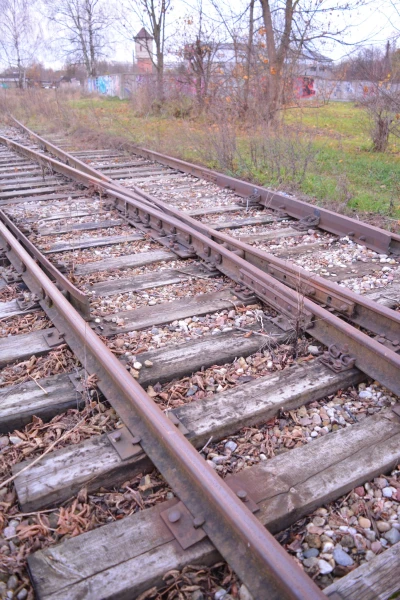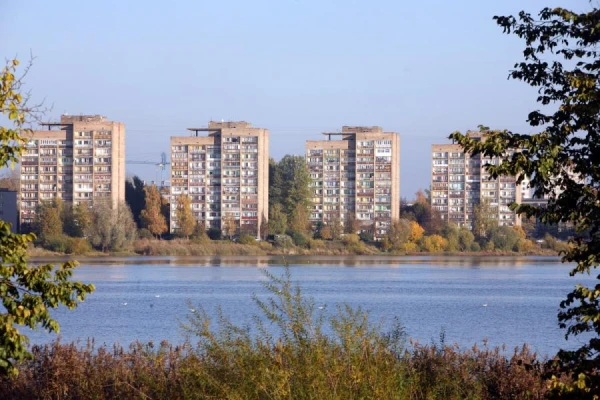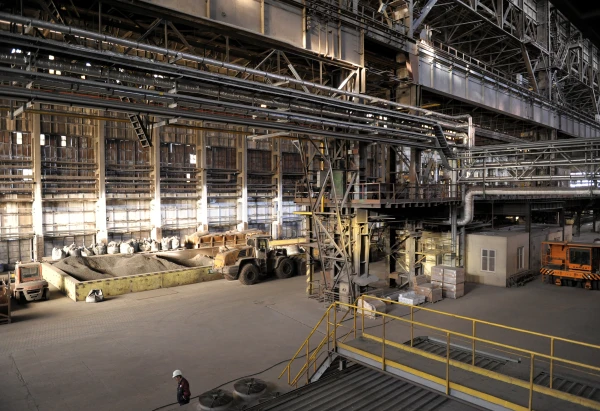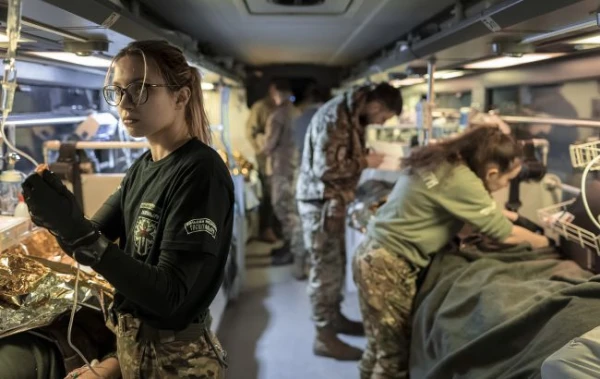
Given that the fall of the government of Evika Silina has been postponed, there is a high likelihood that the Ministry of Transport will continue to be led by the current political nominee. Last Tuesday, Atis Švinka ("Progressives") presented the Indicative Plan for the Development of Railway Infrastructure for 2025-2029 at a Cabinet meeting.
Everything for the Front, Everything for Victory
Here are the priorities outlined in the government document:
-
development of Rail Baltica;
-
shifting cargo from roads to rail;
-
development of passenger infrastructure;
-
modernization of the existing electrified railway network and expansion of the electrified zone;
-
increasing train speeds;
-
unified traffic management;
-
traffic safety.
"Given the importance of the railway for the military supply needs of the National Armed Forces and their allied forces stationed in Latvia, as well as the growing efforts to promote the connection of Latvia's transport infrastructure with Western Europe and its supply chains, facilitating military mobility is one of the main priorities in the development of the Latvian railway network. These factors are expected to increase the need for developing civil-military cooperation links to meet the further development of defense infrastructure in Latvia.
Particularly, the need for the defense ministry to connect a number of military sites, such as the future military training ground 'Selija' and military facilities in other locations in Latvia, with the overall railway infrastructure network should be taken into account. Other needs of the defense ministry include ensuring efficient processes for transferring cargo from 1435 mm gauge to 1520 mm gauge railway lines, improving the physical security of railway infrastructure and cybersecurity, applying dual-use standards in the TEN-T network and its connections with the National Armed Forces infrastructure, as well as effectively ensuring cross-border connections," the Ministry of Transport sets forth.
No More Monopolies
"In accordance with EU legislation, the market for railway freight and international passenger transport is open," emphasizes the Ministry of Transport. Currently, rail freight in Latvia is handled by:
-
LDZ CARGO LLC;
-
Baltijas ekspresis JSC;
-
BALTIJAS TRANZĪTA SERVISS JSC;
-
EURO RAIL CARGO LLC;
-
LTG CARGO JSC (Lithuania).
In turn, passenger transport is provided by:
-
Pasažieru vilciens JSC,
-
Gulbenes – Alūksnes bānītis LLC (narrow gauge),
-
LTG Link LLC (Lithuania),
-
Eesti Liinirongid JSC is not yet fully operational but has begun test trips for transport between Tartu and Riga.
However, the railway infrastructure in the country remains under the ownership of Latvijas Dzelzceļš JSC (LDz), which has 85% of its expenses fixed. LDz also finances the operations of entities such as the State Railway Administration, the State Railway Technical Inspection, and the Accident and Incident Investigation Department of the railway transport. Despite this, the state company has found internal resources to reduce expenses. Next year, it will cost the budget 10 million less. But still – a deficit...
Currently, the railway company also owns separate entities such as LatRailNet JSC, LDZ Loģistika LLC, and LDZ apsardzes LLC. In the near future, the Cabinet plans to make a decision to end the decisive influence and participation of Latvijas dzelzceļš in LDZ ritošā sastāva serviss and LDZ Loģistika by merging them into LDZ CARGO. Overall, the negative impact of LDz on the balance of the overall government budget will amount to: minus 28.4 million euros in 2025, minus 18.6 million euros in 2026, minus 28.8 million euros in 2027, and minus 30.2 million euros in 2028.
80% of Train Traffic is Passenger Transport
Such a paradoxical structure now characterizes the Latvian railway industry, which just a decade ago thrived by transporting cargo in the East-West direction.
"Assessing the current geopolitical situation and market trends, forecasts for medium-term freight volumes can be based on cautiously conservative assumptions," states the document. This includes freight volumes of 3.8 million tons within Latvia and 1-2 million tons to Lithuania and Estonia. "For example, the transport of chips, grain, biomass, construction materials, inter-port cargo, and other products in market segments..." For comparison, in 2015, LDz reported transporting 55.6 million tons of cargo on the country's steel highways. That is, over the decade, volumes have fallen by at least tenfold.
As for passenger transport, they hope to transport 30 million passengers per year, but by 2034. Here, in turn, a nearly twofold increase is planned from the 2015 figure of 17 million. Nevertheless, there remains a huge growth potential – even in 2027, railway passenger transport is expected to account for only 12% of all people using public transport.
Fast and Emission-Free
In any case, there is no bad without good – with such trends, Latvia will certainly fit into the Procrustean bed of the EU's "climate goals," which require a 90% reduction in CO2 emissions from transport and achieving complete hydrocarbon neutrality by 2050! Here, one can even manage without large-scale electrification (in Latvia, 14% of lines are electrified, while in the EU – 55%) – what is the point when all lines to the East are stalled?
However, it is unlikely that trains will rush along the officially designated transport corridors of the European Union RFC NS-B, to which, for example, the Riga-Daugavpils line now belongs, at the recommended speed of 160 km/h... The technical condition of the railways is such that only 4.6% of the length can ensure speeds even at 90 km/h! On three-quarters of Latvian rail tracks, the operation of freight trains is only possible up to 80 km/h.
61 Abandoned Stations
That is how many former, sometimes very beautiful, railway buildings are boarded up across the country today. And what are they for, for example, on the Riga-Ventspils line, where passenger trains have long ceased to operate? A rare freight train will also rumble along the Daugavpils-Rezekne branch, and further to Karsava. There are also unused rails between Madona and Gulbene, Jelgava and Rēzekne, Jelgava and Tukums – but all this is also not about passengers.
Practically, LDz is now consuming the investments made at the end of the "fat years." Back then, in 2015, a record 217 million euros were invested in infrastructure. A new freight station "Bolderāja-2" was built with 9 tracks, totaling 8.5 km, for the Krievu sala coal terminal. Nearly 40 million was spent on modernizing the sorting tracks at the Shkirotava station, equipping them with 30 hydraulic retarders, and laying almost 5 km of rails. The Liepaja freight station built infrastructure worth 25 million. Where to go with all this now?
What We Have
Overall, the length of railways in Latvia is 1779 km (3147 km considering several tracks laid in one direction), of which only 250 km are electrified.
LDz services 532 crossings, 140 stations, and 128 stopping points, of which 152 are active, and another 10 operate on the Gulbene-Alūksne narrow gauge.
The railway's right-of-way includes land parcels totaling 15,000 hectares.
















Leave a comment